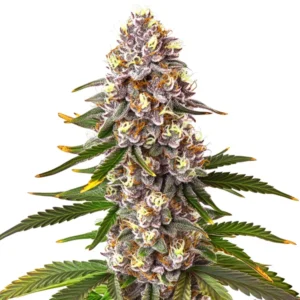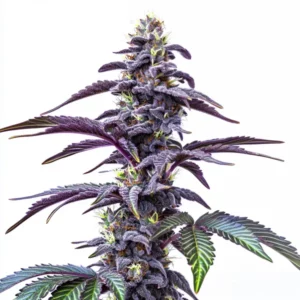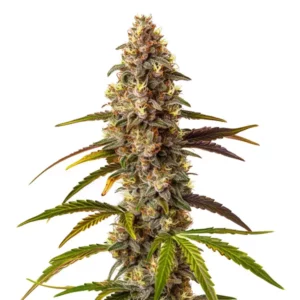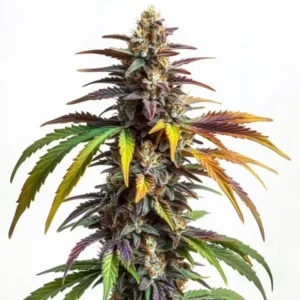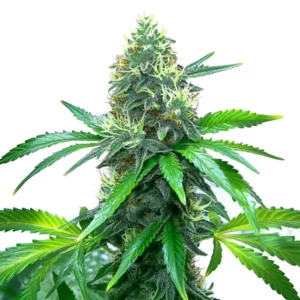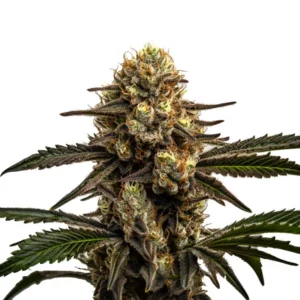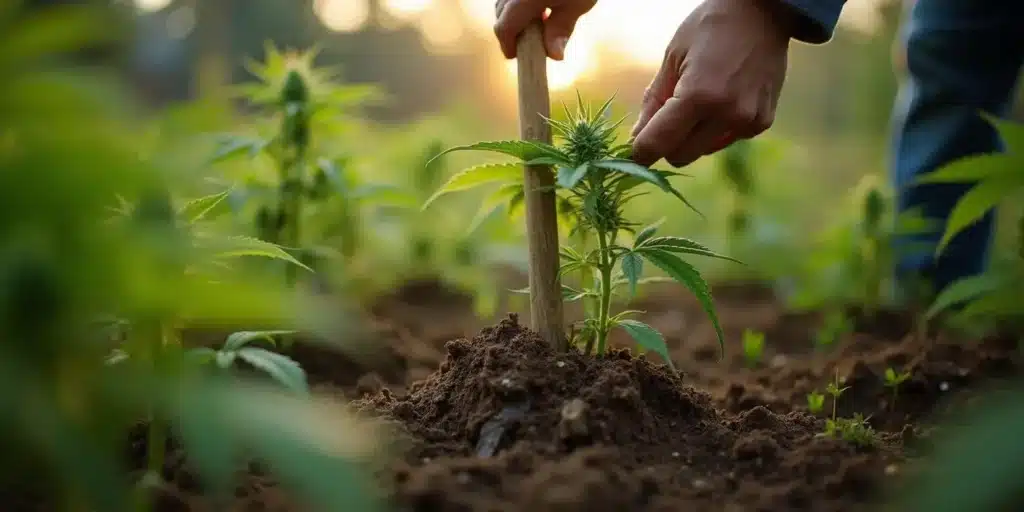
Drive Stake Through Cannabis Roots
Staking can be a game-changer for your cannabis plants, providing the support they need to grow strong and upright, especially during the flowering stage. However, it’s crucial to do it right to avoid cannabis root damage. The impact of staking can be significant, helping to prevent plants from toppling over due to heavy buds, but improper technique can lead to adverse effects on root health.
Effects of Staking on Cannabis Root Health
Staking provides essential support, but the effects on root health can vary. If done incorrectly, it can stress the plant, slow down growth, or even lead to plant death. Damaging roots can hinder the plant’s ability to absorb water and nutrients, which can weaken the plant and reduce yield.
Recommended Strains
Santa Muerte
|
|
THC | 18% - 20% (Medium) |
|
|
Type | Feminized |
|
|
Yield | High |
|
|
Phenotype | 20% Indica / 80% Sativa |
Santa Muerte FBV
|
|
THC | 17% - 20% (Medium) |
|
|
Type | Fast Flowering |
|
|
Yield | Medium |
|
|
Phenotype | 40% Indica / 60% Sativa |
Proper staking, however, can enhance the plant’s resilience against environmental challenges like high winds or heavy rain. A well-staked plant can focus its energy on bud production rather than structural repairs. Staking can also improve airflow around the plant, reducing the risk of mold and other fungal diseases.
Preventing Root Damage in Cannabis When Staking
To prevent root damage, it’s crucial to assess the plant’s root zone before staking. Use your hands to feel for major root structures and adjust the position of the stake accordingly. Regular monitoring is also key; as the plant grows, its root zone expands, so adjust stakes periodically to accommodate this growth.
Promos & Deals
Best Staking Practices for Cannabis Plants
Implementing the best staking practices can make a big difference. It’s all about timing, placement, and materials.
First, it’s important to choose the right materials. Whenever possible, it is better to use stakes made of plastic or bamboo rather than plain wood. Wood can attract and retain moisture, which can lead to mold developing on the main stem where it is in contact with the stake.
Timing and placement are also critical. The best time to place the stake is when the plant has already reached a height of about 60 cm (24 inches). The stake should be driven into the soil alongside the main stem, but not right next to it. It is best to place it about 5 cm (2 inches) away from the stem. This is to avoid damaging the central taproot and gives the main stalk room to thicken as it grows.
Use soft ties or garden twine to secure the plant to the stake. This prevents harsh contact with the stem. Make sure the ties are not too tight, as this can restrict growth and cause damage.
Practical Staking Techniques
Choose the right strain for staking. For instance, the OG Kush from Blimburn Seeds is known for its heavy, resinous buds, which can benefit from proper staking. Another great option is the Blue Dream, which grows tall and may require additional support. The choice of staking method can vary depending on whether you are growing indoors or outdoors.

Impact of Driving Stake Through Cannabis Roots
The impact of staking isn’t just about physical support; it also influences how the plant grows. Proper staking can encourage upward growth and light exposure, essential for photosynthesis. Incorrect placement can lead to more harm than good. Driving a stake too close to the main stem can bruise or damage the root collar, which is crucial for nutrient transport.
When stakes are positioned correctly, they allow the plant to maximize its exposure to light, which is vital for robust growth and bud production. This strategic placement can lead to higher yields and healthier plants overall.
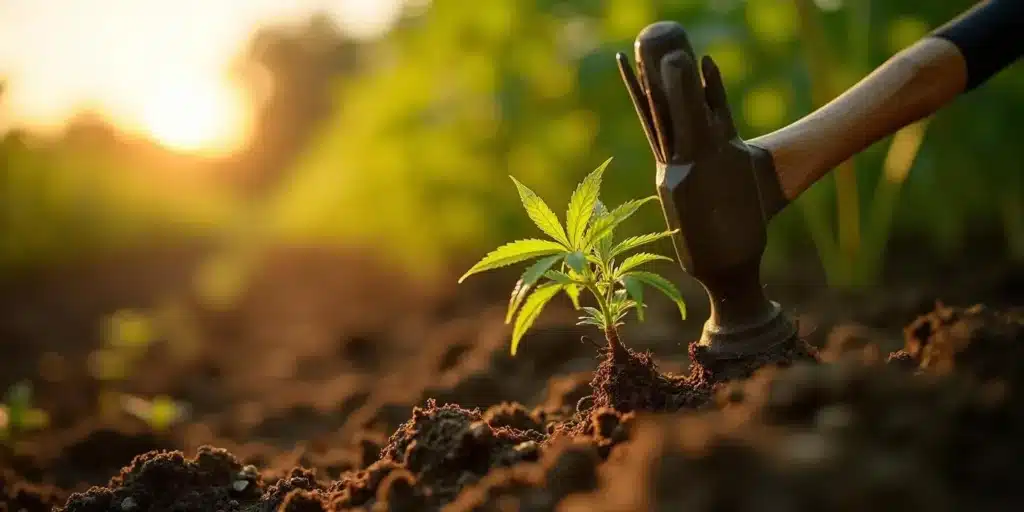
FAQ
What are the risks of staking cannabis plants?
Staking can pose risks if not done properly. Driving a stake too forcefully can damage roots, which can reduce nutrient uptake and lead to poor growth. Open wounds from staking can also become entry points for pathogens.
How can I tell if staking is helping my cannabis plants?
Signs that staking is beneficial include healthier growth patterns and fewer instances of plants tipping over. Plants that are properly staked will have an upright posture and less stem breakage.
Can staking be used for all cannabis strains?
Most cannabis strains can benefit from staking, especially those with heavy buds or weak stems. However, not every strain requires it. Assess each plant’s needs individually.
What materials are best for staking cannabis plants?
Wooden stakes, like bamboo, are an excellent choice. They are lightweight, strong, and gentle on roots. Avoid using metal stakes, which can rust and damage roots. Plastic-coated stakes are another alternative.
When is the best time to stake cannabis plants?
The best time to stake cannabis plants is during the vegetative stage. At this point, the plant is still flexible and can adapt to the support. Early staking prepares the plant for the weight of flowering buds.




